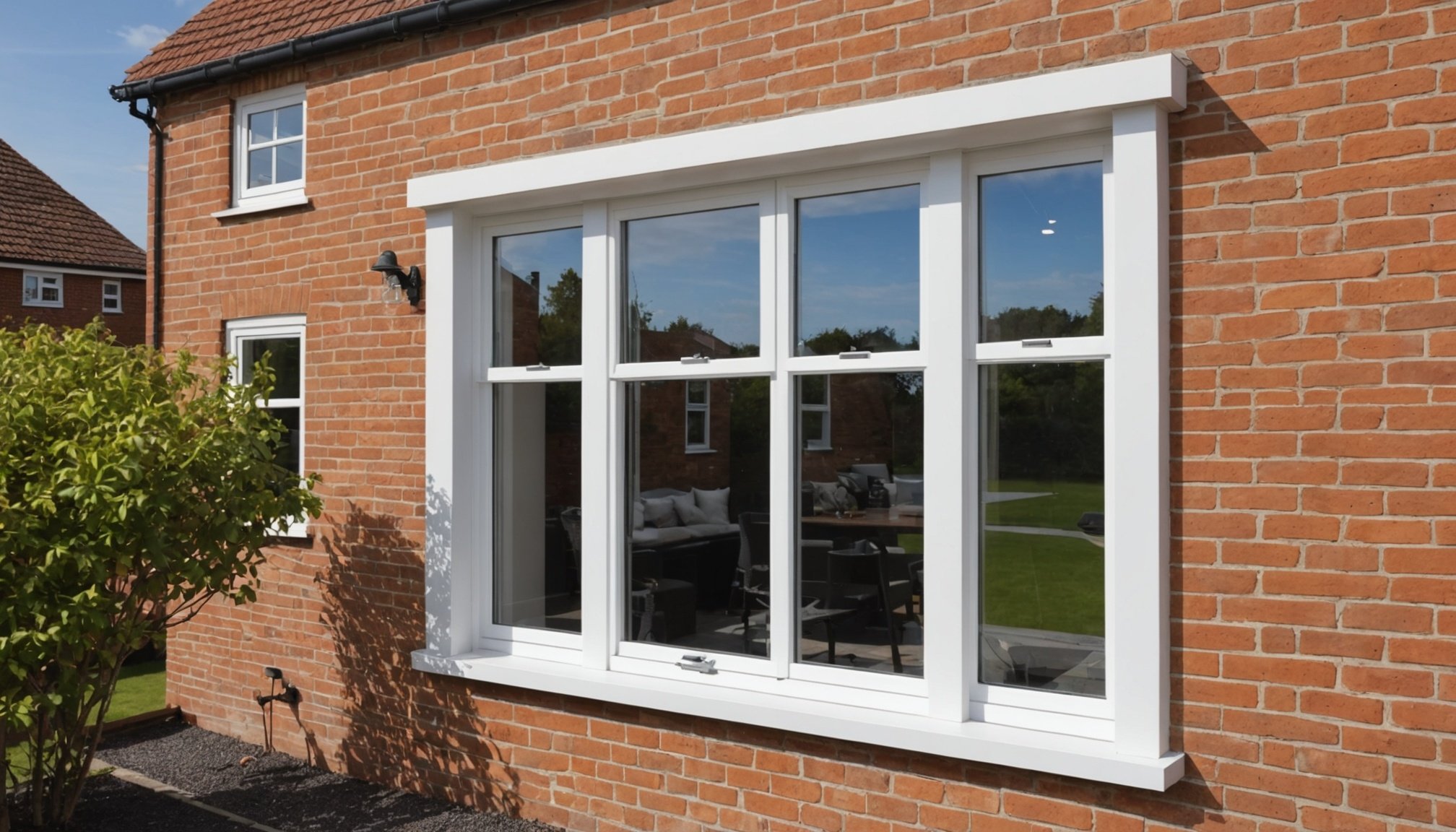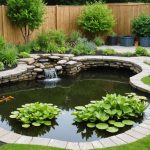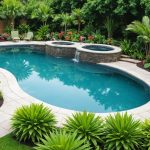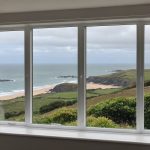Understanding Energy Efficiency in Windows
When considering energy-efficient windows, it’s crucial to understand their role in reducing energy consumption and heating costs. The thermal performance of a window significantly affects a building’s overall energy efficiency. Windows serve as an interface between the indoor environment and the external climate, making them essential in maintaining comfortable indoor temperatures, especially in a cold climate.
In colder regions, cold climate windows play a pivotal role. By reducing heat loss, these windows help in lowering heating demands. Evaluating key energy performance metrics provides insight into a window’s energy efficiency:
Lire également : Maximizing Water Efficiency: Innovative Bathroom Designs for Your UK Victorian Townhouse
- U-value: This measures how well a window prevents heat from escaping. Lower U-values indicate better insulation.
- Solar gain: This metric assesses the amount of solar energy transmitted through a window. Optimal solar gains balance energy savings and indoor comfort.
- Air leakage: This factor measures the amount of air entering or escaping through window joints. Minimal air leakage is preferred for maintaining thermal efficiency.
Selecting windows with ideal metrics for your climate can significantly enhance a building’s energy efficiency, reducing energy bills and improving overall sustainability.
Types of Energy-Efficient Windows for Cold Climates
In cold climates, selecting appropriate types of windows is essential to enhance home insulation. Two main options are prevalent: double glazing and triple glazing. Triple glazing provides superior thermal efficiency by incorporating a third pane of glass, significantly reducing heat loss. This choice is particularly effective in extreme temperatures, making homes more energy efficient.
A lire en complément : Top Fire-Resistant Materials for UK Home Interiors: Ensuring Safety Without Compromising Style
Another critical factor is the use of insulated frames. These frames, combined with low-emissivity (Low-E) coatings, help maintain a comfortable indoor environment by reflecting heat back into rooms. Low-E coatings also minimise UV penetration, thereby reducing furniture fading.
When comparing window materials, options include vinyl, wood, and aluminum. Vinyl is known for affordability and good insulation but lacks in aesthetic appeal. Wood offers excellent thermal efficiency and an attractive look but requires regular maintenance. Aluminum provides durability and a sleek appearance; however, it conducts heat more easily than other materials, which can compromise insulation if not properly treated with a thermal break.
Choosing the right combination of glazing, frames, and materials can make a substantial difference in energy efficiency and comfort within colder climates.
Key Features to Look for in Energy-Efficient Windows
When considering energy-efficient windows, focus on a few critical features that significantly impact their performance. One such feature is the energy ratings that serve as a reliable guide to a window’s efficiency. Trusted certifications, like the Energy Saving Trust, ensure that the windows are tested and verified to meet certain standards.
The construction of the window plays a crucial role in its thermal insulation capabilities. Features such as gas fills between panes, usually argon or krypton, enhance the window’s insulation properties by reducing heat transfer. Additionally, spacer bars that separate the layers of glass are essential for maintaining thermal separation, contributing to improved performance.
Frame construction is another vital factor. Materials like uPVC, aluminium, or wood each have unique characteristics that can affect insulation. A well-constructed frame minimises energy loss and assists in maintaining indoor temperatures.
Evaluating the R-value of a window is essential for assessing its insulation performance. The R-value indicates the resistance to heat flow; hence, a higher R-value signifies better insulation. Consider this metric to ensure the windows you choose effectively contribute to reducing energy consumption and costs. By incorporating these features, you’ll enhance your home’s energy efficiency and comfort.
Cost-Benefit Analysis of Energy-Efficient Windows
The initial investment in energy-efficient windows may be higher compared to standard windows. However, it’s essential to consider the potential for long-term savings on energy bills. These windows minimize heat loss, which can lead to substantial reductions in energy consumption. Over time, the cost differential between energy-efficient and conventional windows is often offset by the decrease in heating and cooling expenses.
Moreover, investing in cost-effective windows can eventually yield a return on investment. The exact payback period will depend on various factors, such as the type of windows installed and local climate conditions, but typically these windows can save homeowners a significant amount over their lifetime.
In addition to these savings, there are financial incentives available for adopting energy-efficient solutions in the UK. Homeowners can access grants or rebates, making these technologies more affordable. It’s advisable to explore all available options, as incentives can significantly reduce the initial costs associated with upgrading to energy-efficient windows. By considering these factors, individuals can make informed decisions suited to both their financial and environmental goals.
Installation Tips for Cold Climate Windows
In cold climates, proper window installation is crucial for maintaining energy efficiency. To achieve this, adhere to installation guidelines that emphasise the importance of sealing and insulation. Begin by ensuring that windows are fitted snugly to prevent drafts; this involves thorough caulking and weatherstripping around the frames. Properly installed insulation can significantly reduce heat loss, which is especially important in areas prone to extreme temperatures.
Consider the cold climate when planning your installation. Cold climate considerations include timing the installation when weather conditions are mild, ideally when construction materials can properly adhere and set. Extreme cold can cause materials to contract, potentially compromising the seal over time.
Adopt best practices for maintaining energy efficiency, such as using high-performance glass and thermal spacers. These options not only insulate but also minimise condensation, which is a common issue in cold environments. Installing windows with a low U-factor can also enhance energy efficiency by reducing the amount of heat that escapes through the glass. Following these guidelines ensures a warmer, more energy-efficient home during the colder months.
Top Manufacturers and Suppliers in the UK
In the realm of energy-efficient windows, the UK market is dominated by several standout brands that blend innovation with eco-friendly practices. Leading the charge are companies like Anglian Home Improvements, known for their comprehensive range of high-performance windows, and Everest, which prides itself on pioneering double glazing technologies. These companies represent the pinnacle of the window manufacturing industry, boasting materials and designs that enhance energy conservation.
When selecting reputable UK suppliers, focus on their certifications and competitive warranties. A trustworthy supplier will successfully amalgamate quality, affordability, and efficiency. Ensure they have accreditations, like the British Fenestration Rating Council (BFRC) label, which validates the energy efficiency of the product.
User feedback is integral to gauging the reliability of manufacturers. Positive reviews often highlight the customer service experience and post-installation satisfaction, while constructive critiques can point to areas needing improvement. Customers consistently praise brands like Anglian and Everest for their impactful contribution to cutting household energy costs. By considering both professional reputation and user experiences, discerning consumers can make informed choices in their selection process.
Visual Aids and User Experiences
Visual aids play a crucial role in understanding the complexities of window types and their installation processes. Diagrams and illustrations provide clear, step-by-step guidance that can demystify the installation, making it an accessible task for many. With the assistance of these tools, readers can better grasp not only the technical nuances but also the aesthetic considerations involved in choosing the right windows.
When it comes to user experiences, reviews often highlight the satisfaction with energy-efficient window brands. These reviews provide valuable insights into real-world performance and customer satisfaction, emphasising the importance of product quality and customer service in decision-making. Users frequently praise brands that combine functionality with stylish designs, proving that good looks can go hand-in-hand with efficiency.
Case studies further demonstrate effective installation practices, especially crucial for cold climates where energy efficiency is paramount. These studies often showcase specific brands excelling in challenging environments, providing compelling evidence of durability and performance. By examining these cases, consumers can make informed choices tailored to their unique climatic and residential needs, ensuring both comfort and energy savings.











